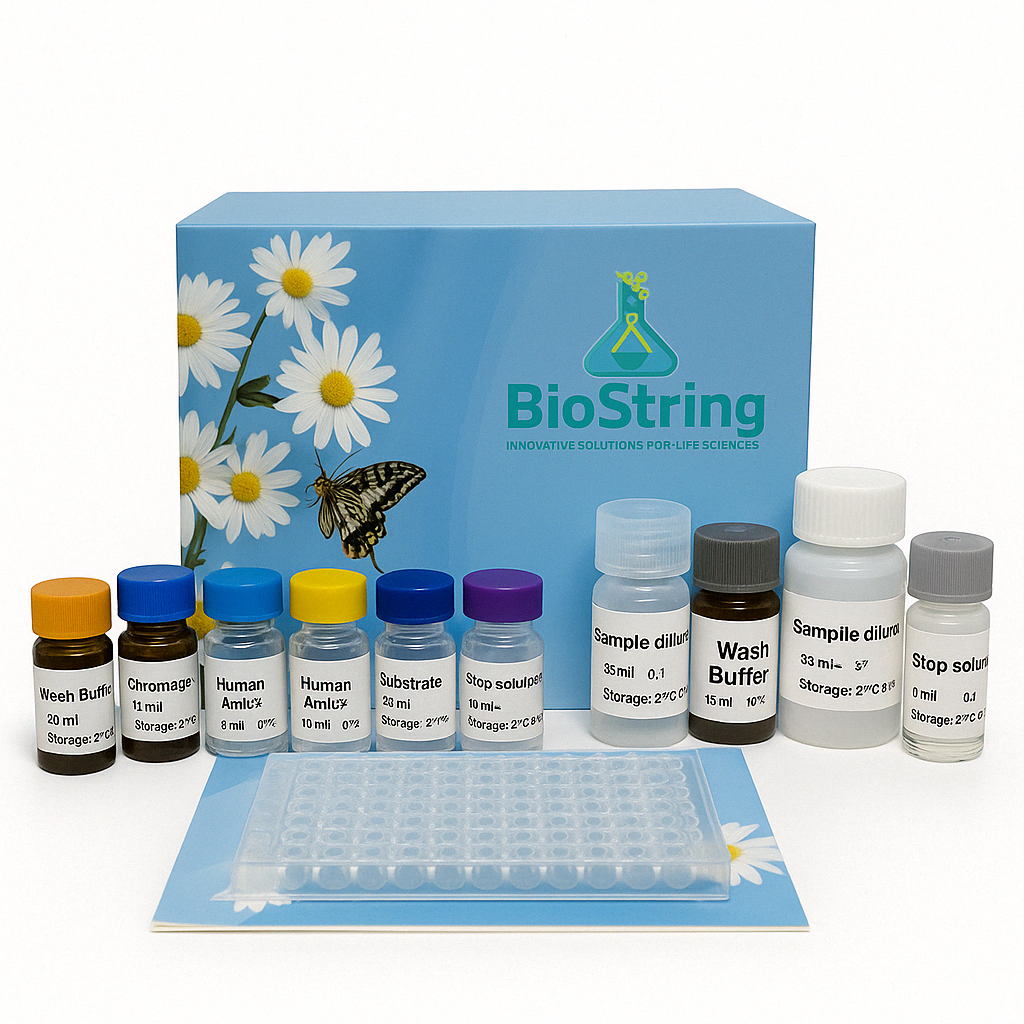| Catalogue No. | K025 | |||||||||||||||||||||
| Size | 100T | |||||||||||||||||||||
| Sample Preparation | Serum, plasma, saliva or urine samples require 20 μl each can be used directly for assays,or can be frozen at -80°C before measuring. There was no significant change in at least one month. Heparin or sodium citrate can be used for plasma preparation and EDTA should not be used.
According to literature, the total antioxidant capacity in human serum or plasma is 0.5-2 mM, 0.3- 1 mM in human saliva and 0.2-3 mM in urine. For cell samples, collecting about 1 million cells (without accurate counting, direct scraping, not suitable for digestion using pancrease and EDTA), placed in 200 ml of cold PBS, homogenizing or ultrasound to fully break the cells and release the antioxidants in them, 12,000g centrifugate at 4°C for 5 minutes, collect supernatant for assay. For tissue samples, add 100 microliters of cold PBS to each 20 mg tissue, homogenize or ultrasound to fully break the tissue and release the antioxidants in it, 12,000g centrifugate at 4° C for 5 minutes, collect supernatant for assay. All of the above operations need to be performed on ice. If the preparation of cell or tissue samples is not immediately used for assay, it can be frozen at -80°C. There was no significant change in at least one month. |
|||||||||||||||||||||
| Kit components |
|
|||||||||||||||||||||
| Precautions | Blue or close to blue reagents can interfere with the detection of this kit and should be avoided as much as possible. If the sample contains a higher concentration of iron salt, the determination will be disturbed. However, trace amounts of iron salts in samples such as plasma, serum, cell or tissue lysate do not interfere with the assay.
Don’t add DTT, BME, Tween or Triton to the sample . The determination needs a spectrograph that can measure A593( 585-605nm can also). TPTZ is irritating to the human body, please be careful when operating, avioding direct contact or inhalation. This product is limited to research, shall not be used for clinical diagnosis or treatment, shall not be used in food or medicine, and shall not be stored in ordinary residences. For your safety and health, wear lab clothes and disposable gloves when operating. |
|||||||||||||||||||||
| Standard Curve Preparation | The FeSO4 solution should be freshly prepared for it is easy to be oxidized to ferric. If the color turn from light green to light yellow, discard it and prepare a new one .
Dissolve 13.9 mg FeSO4 ∙ 7H2O in 1 ml PBS, dilute the solution 10 times to make the concentration of 5 mM. Prepare standard curve dilution as described in the table in 96 well plates.
|
|||||||||||||||||||||
| Assay Solution Preparation | Mix the TPTZ Diluent, TPTZ solution, and Detection buffer with ratio of 10: 1 : 1 to make the assay solution . Prepared for immediate use, operated on ice .
Add 20 μl sample, positive control and deionized wate (blank control) to the wells. Add 180μl of assay solution to each well. Measure A593 (585-605nm can also) after incubation at 37°C for 3-5 minutes. |
|||||||||||||||||||||
| Data Analysis | Calculate the total antioxidant capacity of the sample according to the standard curve (curve expert recommended) .
If the measured absorbance of the sample is outside the range of the standard curve, the sample needs to be appropriately diluted before the measurement. |
|||||||||||||||||||||
| Precautions | The product listed herein is for research use only and not intended for diagnosis field. The international literature is also constantly updated, it is best to confirm with the salesman or email us before ordering. The product listed herein all was produced by our laboratory. If you have any other requirements, please email us, to get you wanted product information. | |||||||||||||||||||||
| Documents | Product manual with the material |
Total Antioxidant Capacity Assay Kit (FRAP)
| Catalogue No. | K025 |
| Size | 100T |
| Storage instructions | -20℃ for 12 months. |
| Shipping | Gel pack with blue ice. |



Reviews
There are no reviews yet.